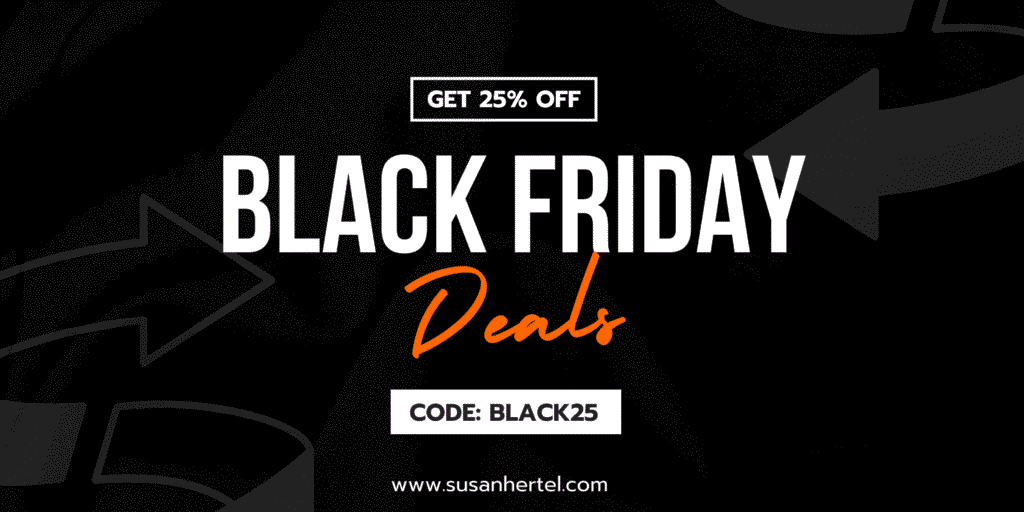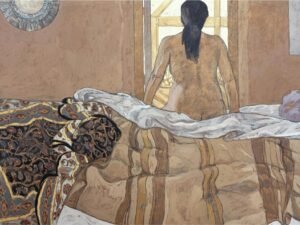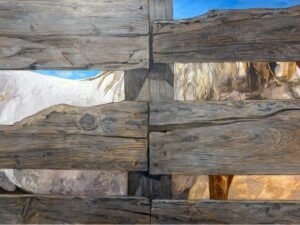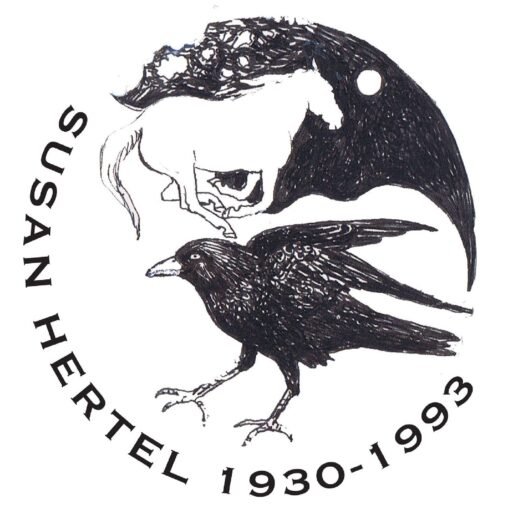
Limited Edition
Limited editions were originally a utilitarian idea. Before the digital age, repeated printing would wear out equipment; only the first print runs were of good quality, with subsequent ones blurry and of lower quality.
Digital technology allows the artist to print as many images as desired, and limited edition prints are now more economical to produce. A signed, numbered print is more valuable to collectors, which in turn results in higher pay for the artist.
In printmaking, an edition is a number of prints struck from one plate, usually at the same time. This may be a limited edition, with a fixed number of impressions produced on the understanding that no further impressions (copies) will be produced later, or an open edition limited only by the number that can be sold or produced before the plate wears.
Most modern artists produce only limited editions, normally signed by the artist in pencil, and numbered as say 67/100 to show the unique number of that impression and the total edition size.
Giclee
The word “Giclée” was created by Jack Duganne, a print maker working at Nash Editions. He wanted a name for the new type of prints they were producing on the IRIS printer, a large format high resolution industrial prepress proofing ink-jet printer they had adapted for fine art printing. He was specifically looking for a word that would not have the negative connotations of “ink-jet” or “computer generated”. To make the word descriptive of ink-jet technologies he based it on the French language word “le gicleur” meaning “nozzle”, or more specifically “Gicler” meaning “to squirt, spurt, or spray”

-
 Select options
This product has multiple variants. The options may be chosen on the product page
Select options
This product has multiple variants. The options may be chosen on the product page
Cat & Toster
$185.00 – $545.00Price range: $185.00 through $545.00 -
 Select options
This product has multiple variants. The options may be chosen on the product page
Select options
This product has multiple variants. The options may be chosen on the product page
Waking Up
$185.00 – $545.00Price range: $185.00 through $545.00 -
 Select options
This product has multiple variants. The options may be chosen on the product page
Select options
This product has multiple variants. The options may be chosen on the product page
Old Corral 1
$185.00 – $545.00Price range: $185.00 through $545.00 -
 Select options
This product has multiple variants. The options may be chosen on the product page
Select options
This product has multiple variants. The options may be chosen on the product page
Lone Rider
$185.00 – $545.00Price range: $185.00 through $545.00 -
 Select options
This product has multiple variants. The options may be chosen on the product page
Select options
This product has multiple variants. The options may be chosen on the product page
Blooming Apple Trees
$185.00 – $545.00Price range: $185.00 through $545.00 -
 Select options
This product has multiple variants. The options may be chosen on the product page
Select options
This product has multiple variants. The options may be chosen on the product page
Night Walk
$185.00 – $545.00Price range: $185.00 through $545.00 -
 Select options
This product has multiple variants. The options may be chosen on the product page
Select options
This product has multiple variants. The options may be chosen on the product page
Dusk
$185.00 – $545.00Price range: $185.00 through $545.00 -
 Select options
This product has multiple variants. The options may be chosen on the product page
Select options
This product has multiple variants. The options may be chosen on the product page
Winter is coming
$185.00 – $545.00Price range: $185.00 through $545.00 -
 Select options
This product has multiple variants. The options may be chosen on the product page
Select options
This product has multiple variants. The options may be chosen on the product page
Loving Care
$185.00 – $545.00Price range: $185.00 through $545.00 -
 Select options
This product has multiple variants. The options may be chosen on the product page
Select options
This product has multiple variants. The options may be chosen on the product page
Mail Box “You Got Mail”
$185.00 – $545.00Price range: $185.00 through $545.00 -
 Select options
This product has multiple variants. The options may be chosen on the product page
Select options
This product has multiple variants. The options may be chosen on the product page
Sacred Snow
$185.00 – $545.00Price range: $185.00 through $545.00 -
 Select options
This product has multiple variants. The options may be chosen on the product page
Select options
This product has multiple variants. The options may be chosen on the product page
Red Onion
$185.00 – $545.00Price range: $185.00 through $545.00

